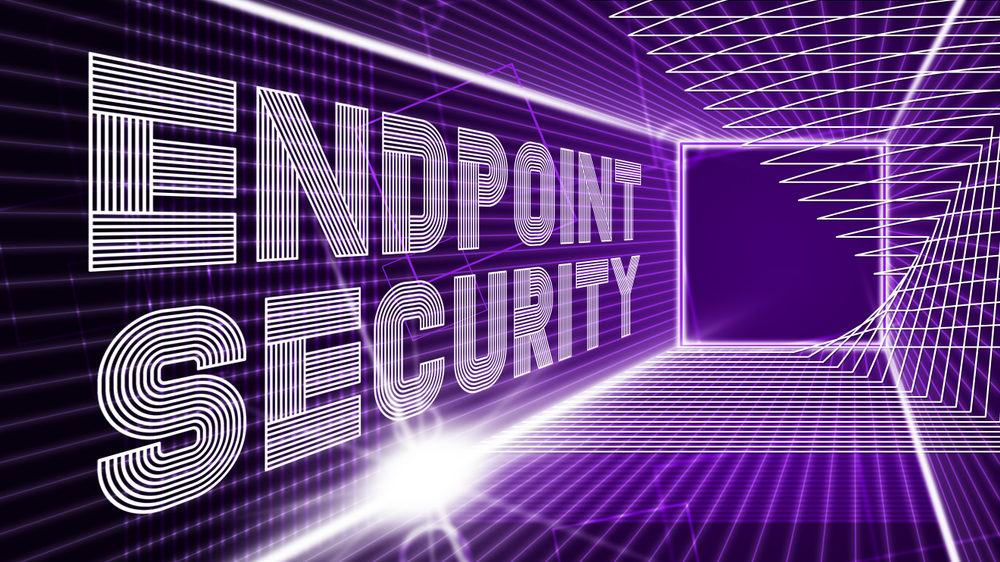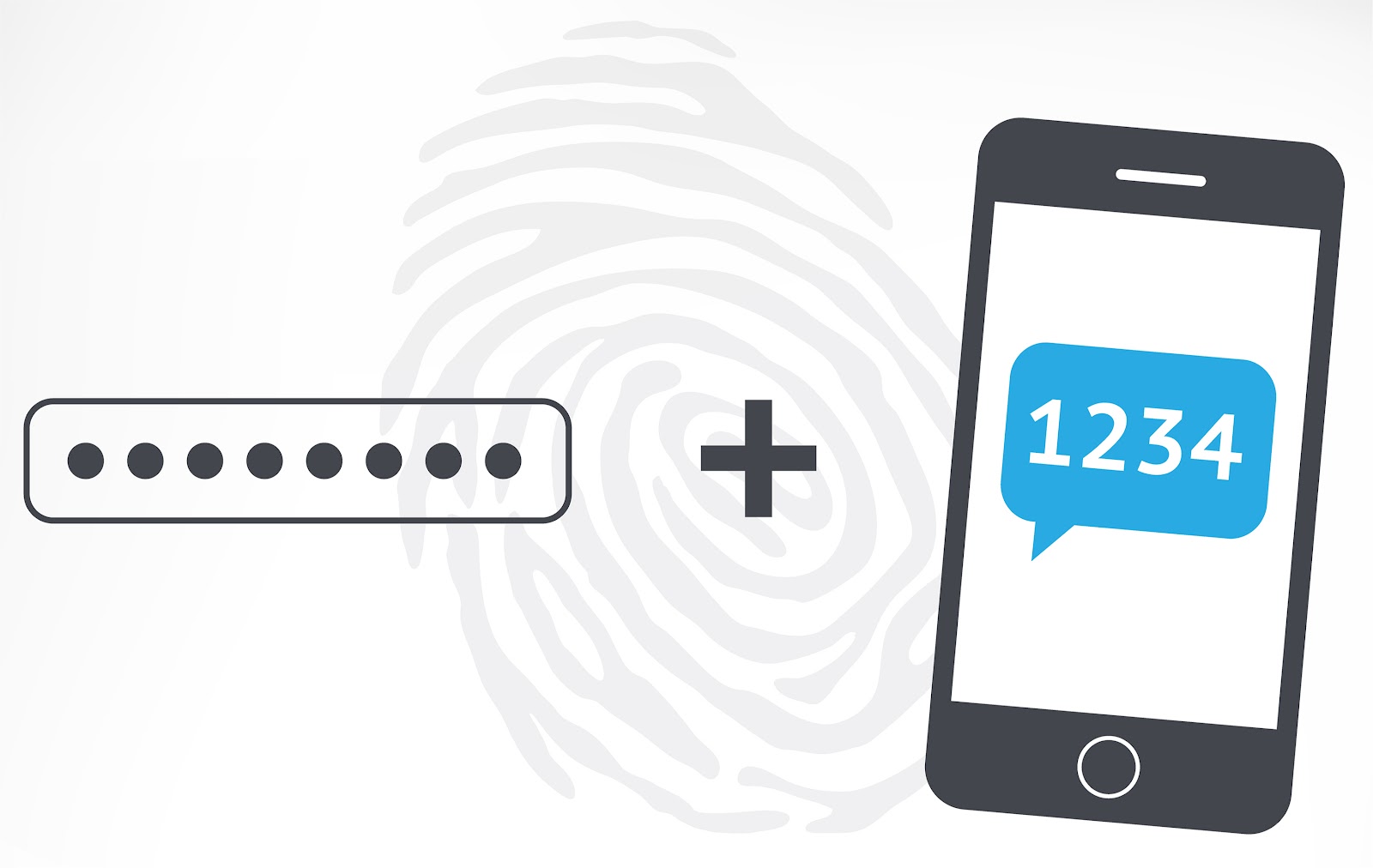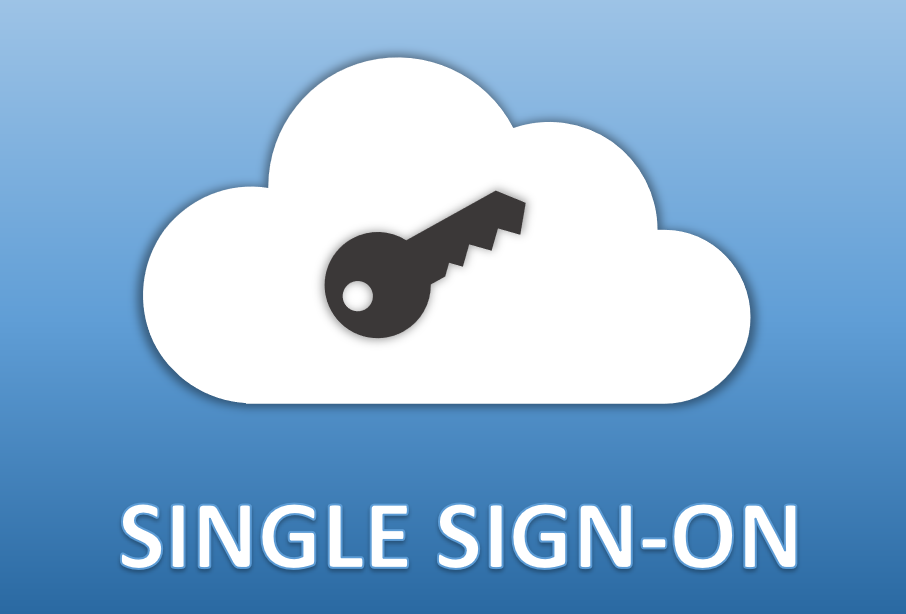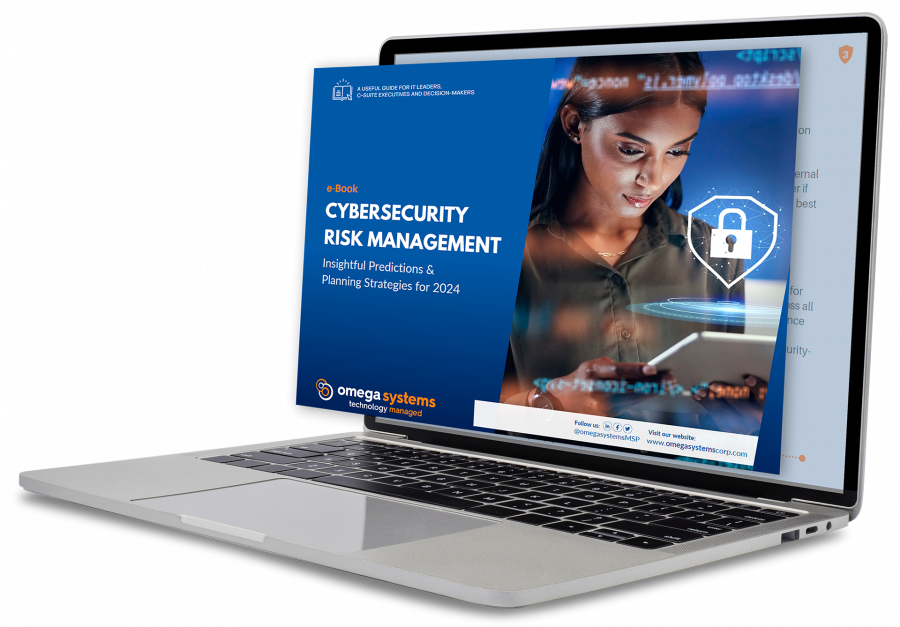
When it comes to things like phishing attacks and malware infections, it’s usually your team members and their devices, or endpoints, that are involved. These endpoints are essentially entry points for cyberthreats. Additionally, mobile threats have spiked due to the increased reliance the workforce has on their mobile devices. In the majority of cases these are devices that weren’t even provided by your company. All these issues show the importance of endpoint protection.
Most organizations around the country have adapted a Bring Your Own Device (BYOD) policy. This allows team members to use their personal devices for work purposes. Although finances are saved on hardware, your security significantly declines. That’s why it’s imperative that you implement endpoint protection solutions.
Endpoint Security safeguards your business network when accessed remotely by employee devices. Humans and their devices are the primary way cybercriminals slip into your network undetected. This is why protecting your endpoints must be an essential part of your IT planning.
A Managed Service Provider (MSP) offers a number of solutions that exist solely to ensure that employees are able to do their work as safely and efficiently as possible. You shouldn’t have to be concerned about your technology failing in the middle of a work day.
Endpoint Security Solutions

Mobile Device Management (MDM)
A Mobile Device Management (MDM) solution goes hand-in-hand with a BYOD policy. It allows you to have certain controls over the personal devices your team is using in the workplace. Additionally, it allows you to create policies to control access to company data based on what applications are and aren’t on a team member’s device and what applications, you as a business, permit your company members to use.
Another significant benefit is secure remote access for working on-the-go. This aspect of MDM has become so important because more and more companies are allowing the flexibility of working outside of the office. In these cases an employees personal data comes into play as well. Whether it’s corporate data or your own it’s too important to lose.
Along with that, in the event that a team member’s device is lost or stolen, MDM allows for remote lock and wipe. That way you don’t have to worry about the security of your data if the device is picked up by a stranger. Other benefits Mobile Device Management software has to offer are encryption, passcodes, data loss prevention, and patch management to keep everyone on your team secure. MDM takes mobile security to the next level.

Multi-Factor Authentication (MFA)
Multi-Factor Authentication (MFA) has become one of the most secure ways to login to any account. This kind of solution offers an extra layer of protection when users are accessing the network. Similarly to MDM, it contributes to safe remote access as well. This allows for identity confirmation when users are connecting outside of the office.
MFA requires two authentication factors to confirm your identity. They are usually something that you know like a username and password, and something that you have like a smartphone or tablet.
This authentication method confirms the identity of the user before they access the network and can be implemented in areas including SSL VPN logins, Citrix, Office 365 and more. Identity and access management is more important than ever due to a combination of on-going cyberthreats and the necessity of having a password for any kind of account you have.

Single Sign-On (SSO)
Depending on your industry, you might require more than a few management applications to get your day started. In some cases up to four or five. Even further, work cannot begin until everything is loaded and ready to go. For many organizations, this consumes a lot of time which ultimately leads to a decline in productivity.
SSO allows you to enter your credentials just once to access all of your cloud-based work applications. This significantly simplifies the login process and makes the beginning of the day much smoother so employees can get right to work instead of waiting to login.
Additionally, your Managed Service Provider has a team of security specialists that have an overview of who accessed certain applications at what time. This positively contributes to the state of your organization’s password security. It greatly reduces the risk of lost, stolen, forgotten or weak passwords.
It also eliminates password related downtime. Another security benefit is IT monitoring and management for your organization. With this, your employee’s username and password pair act as a single security token you can control. You can enable or disable user access to multiple systems, platforms, apps, and other resources.

Encryption Management
Encryption protects your data through the encryption of your files, folders, and hardware. It makes certain that only those with allowance can access your hard drive. In addition to that, it can be used for removable media like USB flash drives and external hard drives.
Encryption Management safeguards your data and ensures your compliance requirements are met. Our encryption platforms work by taking the sensitive data out of your emails and locking it in a secure web portal. You’ll never have to worry about losing another email again either.
24/7 Monitoring
Finally, one form of protection that never fails is your Managed Service Provider and the team of professionals watching your network at all times. At the first sign of a security threat they’re handling the issue. This allows you to focus more energy on your own business and mission. Your team acts as an extension of your company and will protect it as such.The protection of your endpoints can make or break your business if you're under cyberattack. Endpoint Protection solutions will undeniably raise the security standards of your organization. Contact The TNS Group today to learn more about Endpoint Security solutions.
Categories: Managed Service Provider, MSP Blogs




